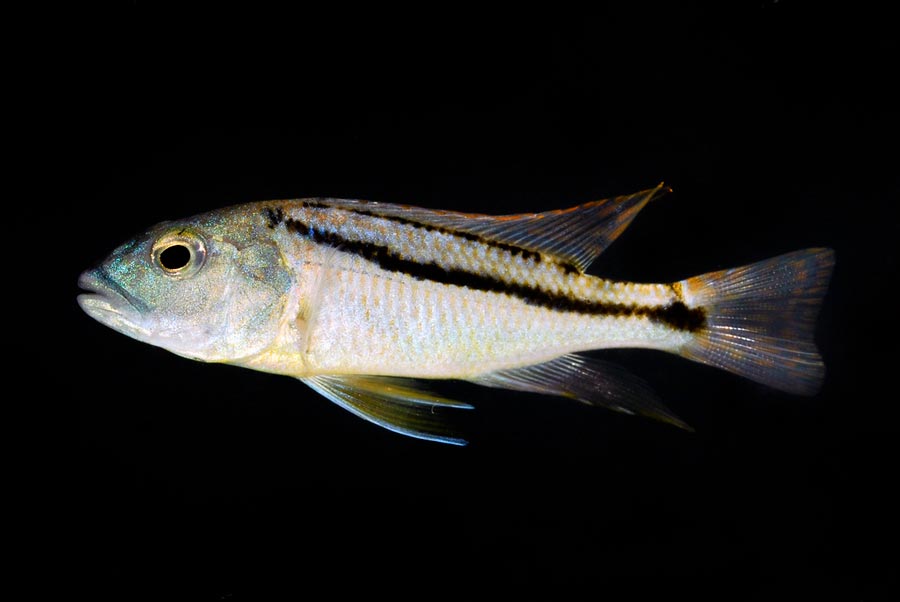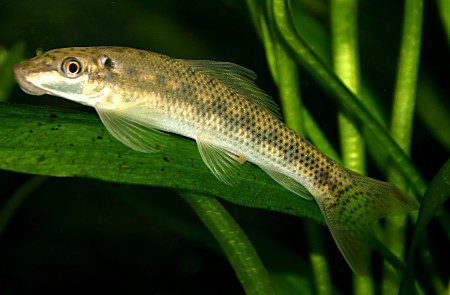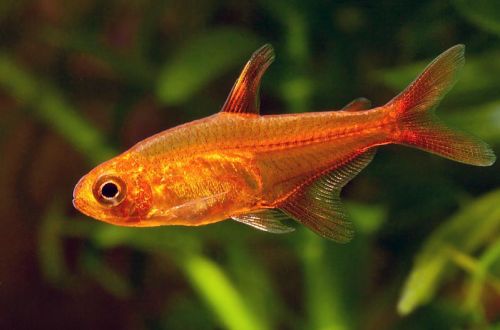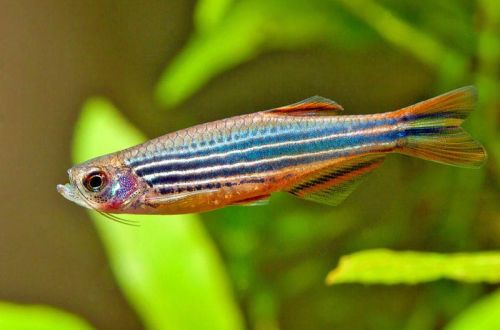
Aristochromis Christi
Aristochromis christy, scientific name Aristochromis christyi, belongs to the Cichlidae family. Predatory, but at the same time peaceful fish. It poses a threat only to small fish. If a large aquarium is not a problem, maintenance is fairly simple.

Contents
Habitat
It lives in one of the largest African lakes – Malawi. Found throughout the lake. It prefers the so-called “intermediate zones”, where rocky shores give way to open spaces with a sandy bottom and scattered rocks.
Brief information:
- The volume of the aquarium – from 500 liters.
- Temperature – 24-26°C
- Value pH — 7.4–9.0
- Water hardness – 10–27 GH
- Substrate type – sandy
- Lighting – moderate
- Brackish water – no
- Water movement is weak
- The size of the fish is 25-30 cm.
- Meals – meat products, live fish
- Temperament – conditionally peaceful
- Keeping in a harem with one male and several females
Description

Adult individuals reach a length of 25–30 cm. A large head with a large mouth indicates the predatory nature of this fish. The body is elongated, the dorsal and anal fins are shifted closer to the tail, which allows it to make quick accelerations. The coloration of males has blue tints, females are gray and smaller in size. A characteristic feature of both sexes is a black stripe stretching from head to tail. In spawning males, the stripe temporarily disappears.
Food
An ambush predator. It is able to find prey both among crevices in rocks and in open spaces. In the latter case, Aristochromis Christi employs an unusual hunting tactic. He slowly approaches the victim, trying to be invisible or lies on his side, pretending to be dead. As soon as the prey is nearby, a swift attack occurs.
Despite the predatory disposition in a home aquarium, it is not necessary to feed it only with live fish. Can take pieces of mussels, shrimp, meat of other fish. Occasionally, dry granules are served to replenish the supply of vitamins and trace elements.
Maintenance and care, arrangement of the aquarium
Aquarium sizes for one adult fish should start from 500-600 liters. The design should provide for large free spaces, preferably with a sandy bottom. Heaps of stones or other decor imitating rocks are placed on the sides of the tank. There is no need for plants.
Long-term maintenance is possible under conditions similar to the habitat of Lake Malawi: a stable hydrochemical composition of the water and slight temperature fluctuations. The high quality of the water is maintained by regular maintenance of the aquarium (water changes with fresh water, waste disposal, etc.), as well as a filtration system. The latter bears a heavy burden, since any carnivorous fish produces a lot of waste.
Behavior and Compatibility
In a relatively small aquarium (about 500 liters), only a single content is possible. In larger tanks, it can coexist with large fish or representatives of its own species, provided that there is only one male in the group. Male individuals are belligerent towards each other. Also remember that any fish up to 10 cm can become a subject of hunting.
Breeding / breeding
Successful breeding is possible in the artificial environment of aquariums, but requires some experience and resources, in particular, a huge tank (about 1000-1500 liters) that can accommodate several fish and provide them with shelter.
The male Aristochromis Christie is polygamous, he needs at least three females in the company. Other males are excluded, and skirmishes for territory will inevitably begin between them. In his courtship, the male is very persistent and even aggressive. If the female is not ready and cannot hide from his attention, she may get injured. Being in a group reduces this risk, since the attention of the male will be scattered on several “targets”.
In the process of spawning, the female releases several eggs on some flat surface, for example, a flat stone, and after fertilization immediately takes them into her mouth, where they will stay for the entire incubation period (3–4 weeks). The female will continue to protect the fry that have appeared for some time, until they grow up.
Such a strategy of bearing offspring has evolved as a response to a super-competitive habitat, and is characteristic of all cichlids of Lake Malawi.
Fish diseases
The main cause of diseases lies in the conditions of detention, if they go beyond the permissible range, then immunity suppression inevitably occurs and the fish becomes susceptible to various infections that are inevitably present in the environment. If the first suspicions arise that the fish is sick, the first step is to check the water parameters and the presence of dangerous concentrations of nitrogen cycle products. Restoration of normal/suitable conditions often promotes healing. However, in some cases, medical treatment is indispensable. Read more about symptoms and treatments in the Aquarium Fish Diseases section.





